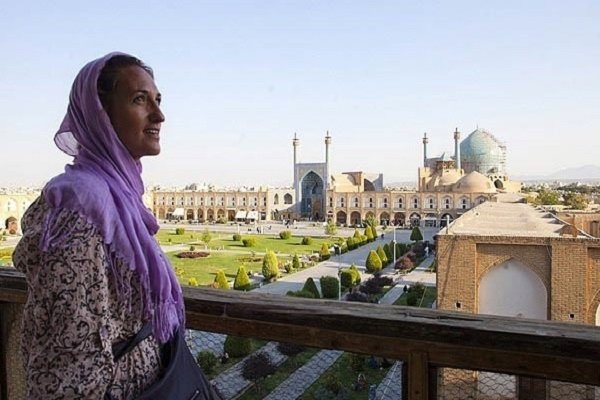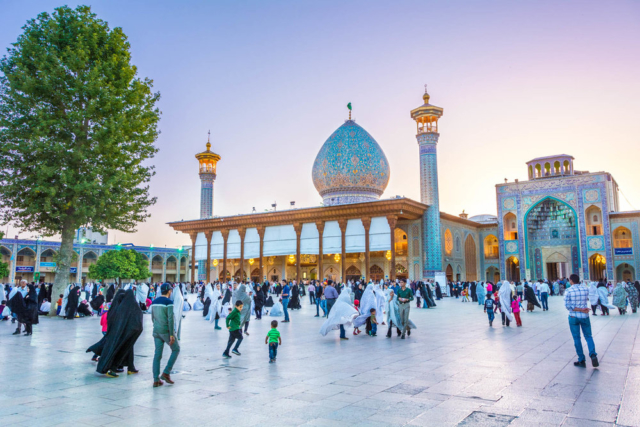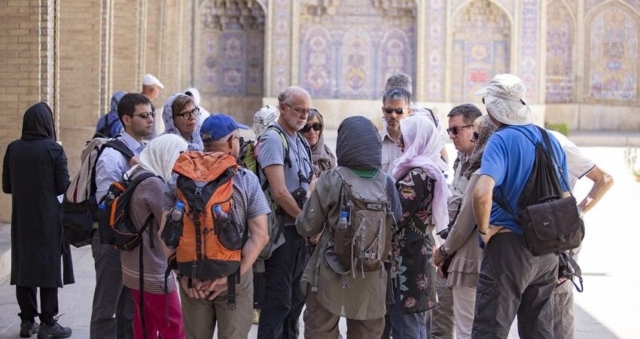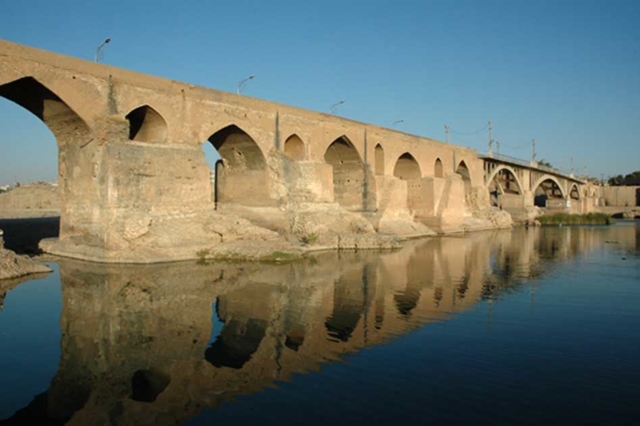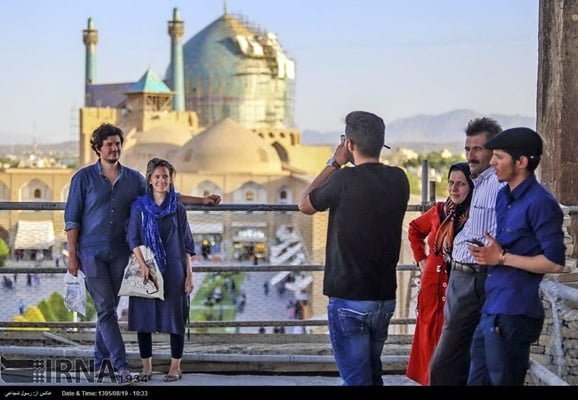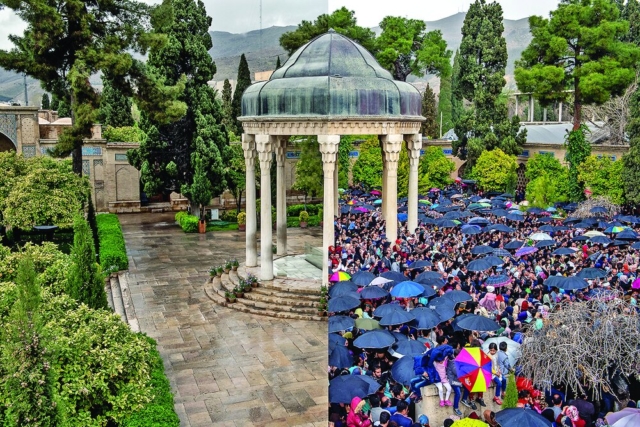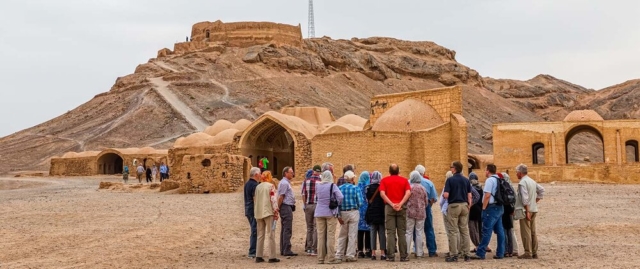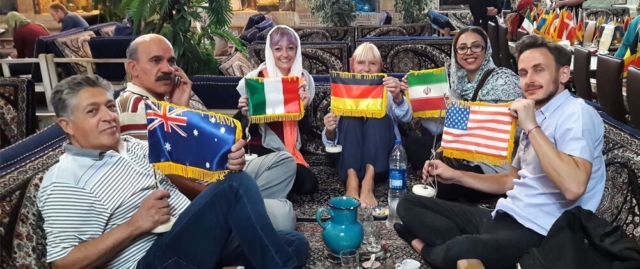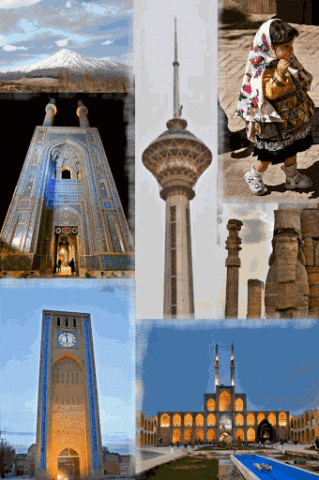The novel coronavirus pandemic has brought travel to a standstill nearly all over the globe, including Iran, causing huge job and revenue losses.
For now, the question is: will there be light at the end of the tunnel?
It’s widely believed that the impact of virus infection will be temporary and short-lived for a country ranked the third fastest-growing tourism destination in 2019.
Doesn’t matter the taste, Iran can be a top choice of many foreign tourists who are fans of camping and eco-tours, fans of historical sites. For those who want to experience something completely new and exciting, visiting or staying with nomads is recommended. Accommodation in the country varies from luxurious five-star hotels to camping in the middle of the jungle!
Listed as one of the hottest travel destinations, Iran will bounce back quickly once the COVID-19 passes because of many reasons, eight of which are cited below:
Welcoming people and hospitality
Iranian people are world-famous for being courteous, warm, friendly, welcoming and eager to show off their country to foreigners.
The nation generally treat strangers as their dear guests, since “honoring a guest” is one of the pillars of the Persian culture.
Foreign travelers are continuously astounded by the warmth of Iranians, treated with nothing but sparkling smiles and offers of help of any kind. Such a phenomenon happens almost every corner of the Islamic Republic and among any class of Iranians. This centuries-old custom leaves a lasting impression much robust than any tourist attraction ever could.
Ancient history
Iran is home to one of the world’s oldest continuous major civilizations, embracing settlements dating back to 4000 BC.
The name of Iran, formerly known as Persia, mostly conjures up the first Persian Empire, ruled by the Achaemenids (550 – 330 BC) and sites such as Pasargadae and Persepolis. However, there are tens of prehistorical sites as the Burnt City in Sistan-Baluchestan, Tepe Sialk in Kashan, Susa and Chogha Zanbil in the Khuzestan province and Ecbatana in Hamedan which predate Achaemenid period.
From a wider point of view, Iranian history can be divided into Pre-Islamic and Islamic eras. The Medes unified Iran as a nation and empire in 625 BC. The Islamic conquest of Persia (633–656) that put an end to the mighty Sassanid Empire (224–651) was a turning point in the history of the nation.
Architecture
Iran’s architecture boasts its own distinct vernacular because of its complex cultural past and occasional turbulent political environments mostly triggered by civil wars, revolts or foreign invaders.
However, the vast country offers its visitors a very changing architectural scenes from the bulbous tiled domes or historical houses of Kashan to ancient bathhouses, madrasas, and discovering the mechanism behind a windcatcher in oasis towns.
It also lures visitors by some impressive modern buildings some of which well-connected with the time-honored traditions.
UNESCO World Heritage sites
In Iran, there are two dozen UNESCO World Heritage Sites, 22 of which cultural ones, representing architectural, social, religious and economic achievements as well as tastes of history throughout the ancient land.
The UNESCO-designated sites include “Bam and its Cultural Landscape” that represents an outstanding example of an ancient fortified settlement that developed around the Iranian central plateau and is an exceptional testimony to the development of a trading settlement in the desert environment of the Central Asian region; “Bisotun” in western Kermanshah province, is notable for its Achaemenid-era inscription carved on a limestone cliff; “Cultural Landscape of Maymand” that is an example of a system that appears to have been more widespread in the past and involves the movement of people rather than animals, according to UNESCO; the lavish “Golestan Palace” in downtown Tehran which is a masterpiece of the Qajar era (1789 to 1925), embodying the successful integration of earlier Persian crafts and architecture with Western influences; the millennium-old “Gonbad-e Qabus” which is a mudbrick tomb tower for Qabus ibn Wushmagir, who was a Ziyarid ruler and literati; “Shushtar Historical Hydraulic System” that is known as a “masterpiece of creative genius” from the era of Darius the Great in the fifth century BC, still providing water to the city of Shushtar in the southwest of the country.
Natural beauties
Many Westerners commonly think of Iran as a vast desert country. It’s true that eastern parts of Iran are dominated by deserts and semi-arid lands. However, it is home to lush green forests, plunging waterfalls, caves, hot springs, canyons, valleys, islands, wetlands, and sea coasts to name a few.
Some of the beautiful natural wonders in Iran are Mount Damavand; Torkaman Sahra; Dasht-e Lut (Lut Desert); the Dasht-e Kavir or Kavir-e Namak (the Great Salt Desert); Maranjab Desert; Masal Forest; Latun Waterfall; Badab-e Surt; and Qeshm Island.
A safe country to visit
The matter of security is essentially considered as a complex question for many foreigners willing to visit a host country.
When it comes to media outlets, in particular, some Western ones, Iran is a country that is often portrayed as unwelcoming.
However, many visitors to Iran describe it as one of the safest countries they’ve ever been to.
“Violent crimes against foreigners are extremely rare and, indeed, if you do your best to fit in with local customs, you are unlikely to be treated with anything,” Anna Karsten, one of the travelers to the country, says.
The 2019 Travel Risk Map, which shows the risk level around the world, puts Iran among countries with “insignificant risk”, a category where the UK, Denmark, Switzerland, Norway, and Finland are placed in.
Being pocket-friendly
Last year, the World Economic Forum (WEF) ranked Iran first in the world as a pocket-friendly destination.
“Iran ranks 1st globally [in the category of Price Competitiveness], thanks to low ticket taxes and airport charges (7th), fuel prices (5th) and high purchasing power (5th),” according to WEF’s Travel & Tourism Competitiveness Report 2019.
Credible, wallet-friendly medical tourism
Nowadays, medical tourism is considered as a booming industry on the global scene as some 20 to 24 million patients are traveling for medical treatments annually. Estimates on market size vary but the Patients Without Borders publishing group puts its value at around €60 to €80 billion worldwide.
Rising healthcare costs, increased care needs over longer lifespans, and constant pressures on some insurance industries are amongst reasons behind why some patients opt to travel to destinations like Iran that have been able to invest rapidly in their healthcare infrastructure to satisfy surging demands.
But why Iran? Because the country boasts credible surgeons and physicians, cutting-edge medical technologies, high-tech medicine and diverse specializations, super affordable procedures within a trusted health system, and finally it is home to many hospitable people.
The Islamic Republic has set its goals to exceed its yearly medical travelers to around 2 million in [calendar year] 1404 (March 2025-March 2026).
Under the 2025 Tourism Vision Plan, it aims to increase the number of tourist arrivals from 4.8 million in 2014 to 20 million in 2025.

